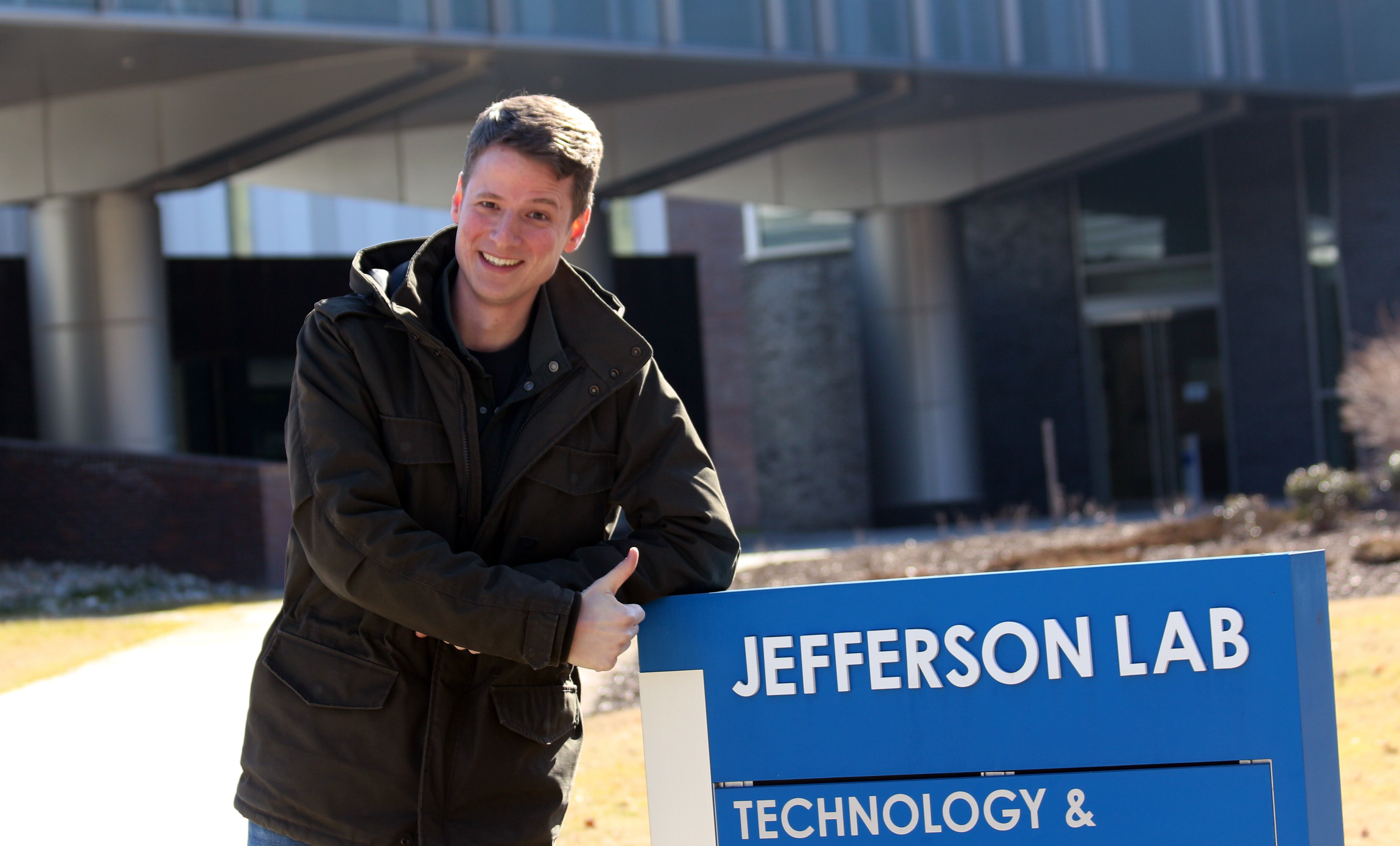Researchers at the U.S. Department of Energy’s Thomas Jefferson National Accelerator Facility are exploring how adding oxygen to the surfaces of particle accelerator cavities, one of the most critical parts of an accelerator, can help scientists custom-tailor their properties for maximum efficiency and minimum cost.
Tag: Niobium
Smoother Surfaces Make for Better Accelerators
Accelerator scientists at Jefferson Lab have used an enhanced topographic analysis toolkit they developed to show that it not only successfully predicts particle accelerator component performance, but also points toward even better surface treatments not yet tested on a large scale.
CA2DM@NUS and CBMM develop advanced niobium-graphene batteries with unprecedented 30-year lifecycles
Batteries play a crucial role in powering many modern devices, such as mobile phones, pacemakers, and electric vehicles. Yet, traditional lithium-ion batteries pose limitations such as safety risks, short life cycles, and long charging times. The pioneer niobium-graphene batteries developed by the Centre for Advanced 2D Materials (CA2DM) at the National University of Singapore (NUS), an innovator in the research of graphene and other 2-dimensional (2D) materials, and CBMM, the global leader in niobium products and technology, will address all these problems. The batteries are being tested at the new CBMM-CA2DM Advanced Battery Laboratory which was launched today by NUS and CBMM and established with a joint investment of USD3.8 million (S$5 million) over three years, supported by the National Research Foundation, Singapore.

Research Fellow Turns to Accelerator Power for Wastewater Cleanup
In honor of Hermann Grunder, the founding director of Jefferson Lab, and his contributions to accelerator science, the lab recently established the Hermann Grunder Postdoctoral Fellowship in Accelerator Science. Now, the first Hermann Grunder fellow, John Vennekate, has started work. He said he hopes to follow in the footsteps of his fellowship’s namesake to continue blazing a new trail for practical applications of superconducting accelerators.